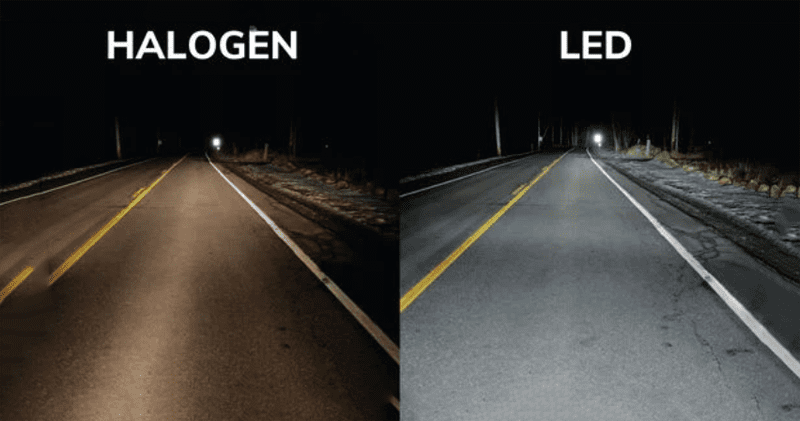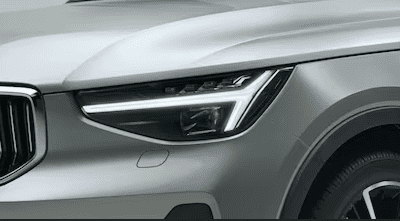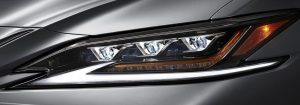Learn how LED headlights work, their benefits, and why they’re the preferred choice for modern vehicles.

LED headlights have become the default option for most modern vehicles. Why is that and what is the technology behind them? LED stands for Light Emitting Diode, and these kinds of headlights offer a variety of benefits over older halogen or high-intensity discharge (HID) bulbs.

LED versus Halogen
Unlike halogen, which relies on heated filaments, LEDs produce light through a semiconductor process. This results in a bright, focused beam of light designed to improve night-time visibility, enhancing the safety of drivers and other road users. LEDs also require far less energy to illuminate.
Longer Service Life
Another major advantage of LED headlights is their long lifespan. Standard halogen bulbs might last around 500 to 1,000 hours. LEDs can last up to 30,000 hours or longer, which can mean fewer replacements and less hassle over time.

Thor’s Hammer
In addition to performance, LEDs offer greater flexibility for vehicle designers. Because they are compact and emit less heat, automakers can create sleeker shapes with unique lighting signatures. An example is the “Thor’s Hammer” design found on modern Volvo vehicles.
LED Drawbacks
There are some drawbacks, however. LED headlights can be costlier upfront to implement, which is an expense that will be passed on to the consumer. If not properly aligned, they may cause glare for other drivers. Still, for their performance, efficiency, and durability, LED headlights are a better option for the present and future.
CG Says:
LED headlights provide superior brightness, energy efficiency, and durability compared to traditional halogen and HID bulbs. The fact that they come standard in nearly every new vehicle sold today reflects how far they’ve come since the tech became viable for mass automotive production in the 2010s.

Listen to the Car Stuff Podcast
LED Headlamp Pictures
Click below for enlarged images





